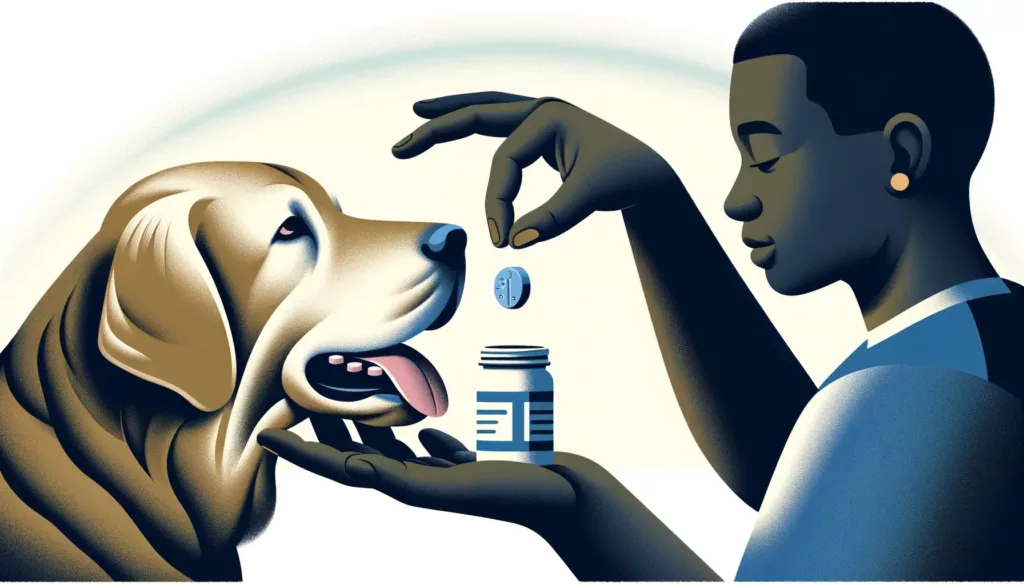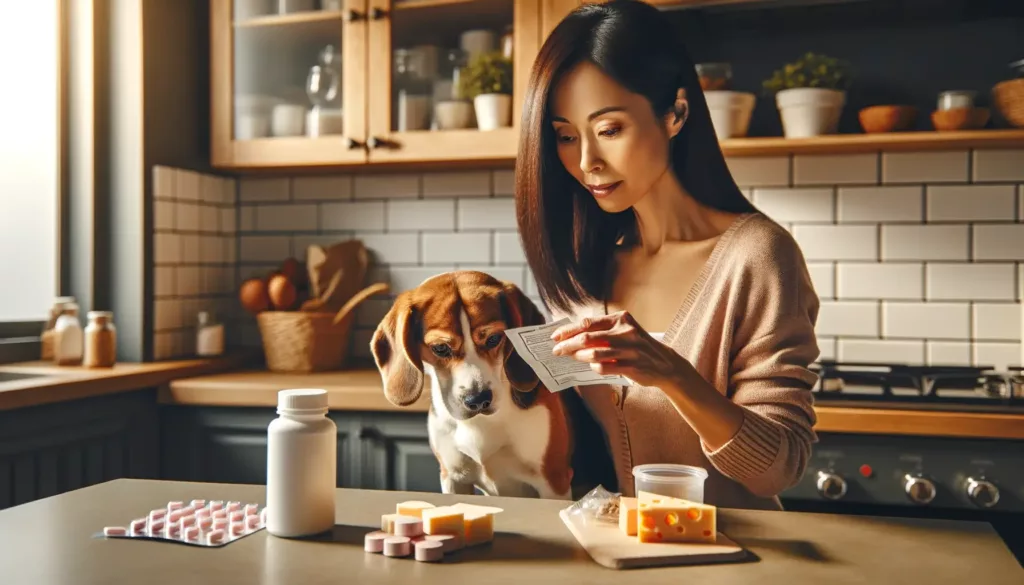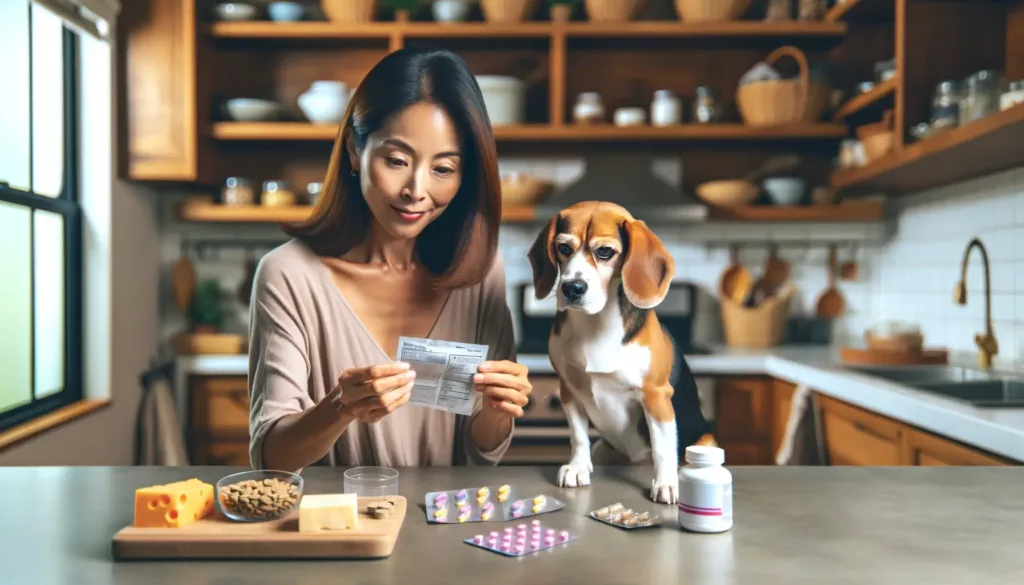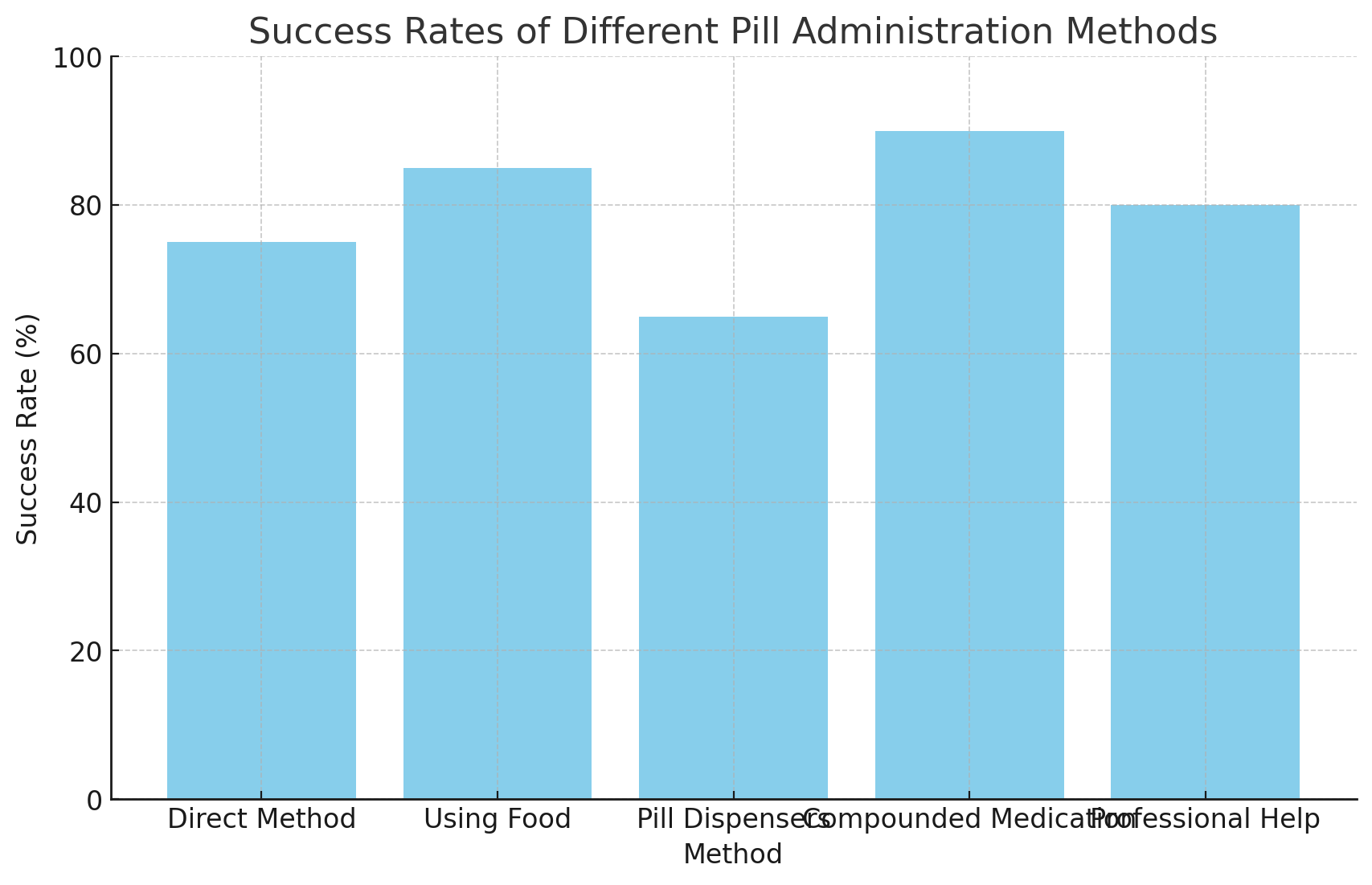So, How to Give a Dog a Pill?
@amirthevet Easiet pill tutorial for dogs !! #dogs #pet #vet ♬ Makeba – Jain
Key Takeaways
| Aspect | Details |
|---|---|
| Method | Techniques for administering pills to dogs |
| Preparation | Getting the pill and dog ready |
| Safety | Ensuring safe administration |
| Alternatives | Other methods if direct feeding fails |

How to Give a Dog a Pill: A Step-by-Step Guide for Pet Owners
Administering medication to our canine companions can sometimes feel like a daunting task. Whether it’s a routine supplement or a crucial prescription, ensuring your dog takes their pill is essential for their health and wellbeing. This guide will walk you through the process of giving a dog a pill, ensuring it’s a stress-free experience for both you and your furry friend.
Understanding the Importance
Before diving into the techniques, it’s crucial to understand why proper pill administration is so important. Just like humans, dogs require accurate dosages of medication for it to be effective. Whether it’s for managing a chronic condition, like in some small dog breeds, or treating an acute illness, ensuring your dog consumes the entire pill is vital.

Preparing to Administer the Pill
-
Read Instructions Carefully: Always start by reading the medication instructions. Some pills can be given with food, while others need to be administered on an empty stomach.
-
Get the Right Tools: If the pill can be given with food, consider using pill pockets – specially designed treats that can hide the pill. Alternatively, you can use a small amount of soft food like cheese or peanut butter.
-
Condition Your Dog: If your dog is not used to taking pills, you might want to practice with small treats first. This gets them used to the idea of swallowing something unfamiliar.

Techniques for Administering the Pill
Direct Method
-
Hold the Pill Correctly: Firmly hold the pill between your thumb and index finger.
-
Secure Your Dog: Gently hold your dog’s muzzle from above.
-
Open the Mouth: Use your middle and ring fingers to apply pressure on the lower jaw to open the mouth.
-
Administer the Pill: Place the pill as far back on the tongue as possible. Aim for the center to avoid it sticking to the sides.
-
Encourage Swallowing: Close your dog’s mouth and gently stroke their throat or blow on their nose to encourage swallowing.

Using Food
-
Hide the Pill: Conceal the pill in a small amount of food. Ensure it’s an amount your dog can swallow in one go.
-
Test with Treats: Give them a couple of pill-free treats first, then the one with the pill, followed by another treat. This reduces the chance of them detecting the pill.
Alternative Techniques
-
Pill Dispensers: These are devices designed to help you place the pill at the back of your dog’s throat without using your fingers.
-
Liquid Formulations: If your dog consistently refuses pills, consult your vet about a liquid formulation of the medication.
Safety Precautions
-
Never Force: Avoid using excessive force which can cause your dog to fear or resist future medication times.
-
Watch for Choking: Always ensure your dog has swallowed the pill. You can check by looking into their mouth or feeling their throat.
-
Consult a Vet: If your dog has health issues, consult your vet before trying any new method of medication administration.
When Things Don’t Go as Planned
Sometimes, despite your best efforts, your dog might refuse to take the pill. In such cases, consider the following alternatives:
-
Compounded Medications: These are custom medications created by a pharmacist, where the pill is transformed into a more palatable form, like a flavored chewable.
-
Professional Help: If you’re consistently struggling, consider seeking help from a professional, like a vet or a dog trainer.
In conclusion, giving a dog a pill can be challenging, but with the right techniques and a bit of patience, it can become a manageable part of your routine. Remember, the key is to stay calm and make the experience as positive as possible for your dog.
Hi, I’m John and I love dogs. Ever since I was a kid, I always wanted to have a furry friend by my side. I grew up with a golden retriever named Max, who taught me a lot about loyalty, friendship, and fun. He was my best buddy for 12 years, and I miss him every day.
